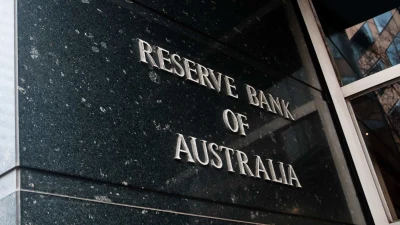ASIC reveals the big fish who got away



The Australian Securities and Investments Commission (ASIC) has revealed the big insider trading fish it failed to catch in a Treasury discussion paper canvassing handing the corporate regulator telephone interception access rights.
The discussion paper has revealed that in 2009, ASIC investigated “the largest suspected insider trading ring detected in Australia to date” but failed to nail the suspects because it could not gather sufficient evidence to prosecute.
“The suspects were well-connected businesspeople who appeared to be trading on information obtained from corporate advisers about pending takeovers,” the regulator said in a case study provided to Treasury.
“ASIC estimates that the traders made profits in excess of $40 million over a period of two years,” it said. “During the investigation, it was identified that the traders acquired large positions in a listed entity, worth over $60 million, as a likely result of access to inside information. The traders then sold these positions after a proposed takeover of the entity was announced.”
“Despite using its search warrant and compulsory examination powers, ASIC was unable to obtain sufficient evidence to prosecute,” the case study said.
In another case study published in the Treasury discussion paper, ASIC said it investigated suspected insider trading in a target company in advance of a takeover announcement by a group of individuals, one of whom had links to the bidding company.
“ASIC identified the suspicious trades on the day of the takeover announcement as the trading by the group represented a significant part of the trading volume in the target company leading up to the takeover announcement and the individuals had only previously engaged in small value share trades,” the discussion paper said.
“Telecommunication records showed a significant number of calls between members of the group both prior to and subsequent to the takeover announcement,” it said. “While text communications obtained during the execution of search warrants were to a degree circumstantially incriminating, there was no direct evidence to prove the suspected insiders possessed the relevant information before the takeover announcement.”
“Interception of telecommunications between members of the group may have provided direct or further circumstantial evidence of possession of inside information by individuals within the group,” the case study said.
Recommended for you
The Reserve Bank of Australia (RBA) has lowered rates to a level not seen since mid-2023.
Financial Services Minister Stephen Jones has shared further details on the second tranche of the Delivering Better Financial Outcomes reforms including modernising best interests duty and reforming Statements of Advice.
The Federal Court has found a company director guilty of operating unregistered managed investment schemes and carrying on a financial services business without holding an AFSL.
The Governance Institute has said ASIC’s governance arrangements are no longer “fit for purpose” in a time when financial markets are quickly innovating and cyber crime becomes a threat.











